Peru: Nasca
Opublikowany: 25.09.2018
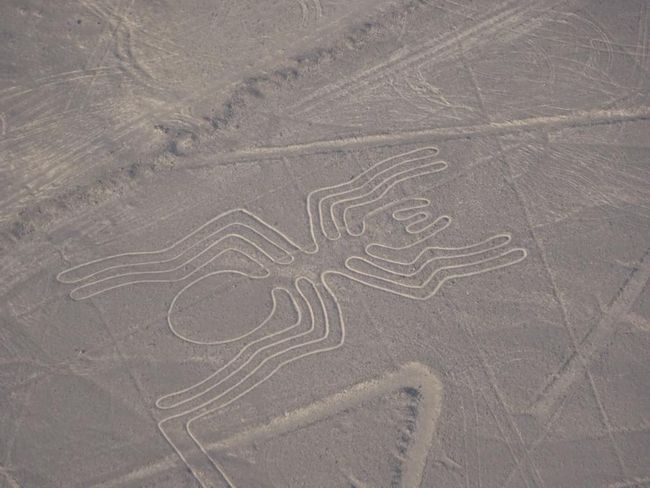
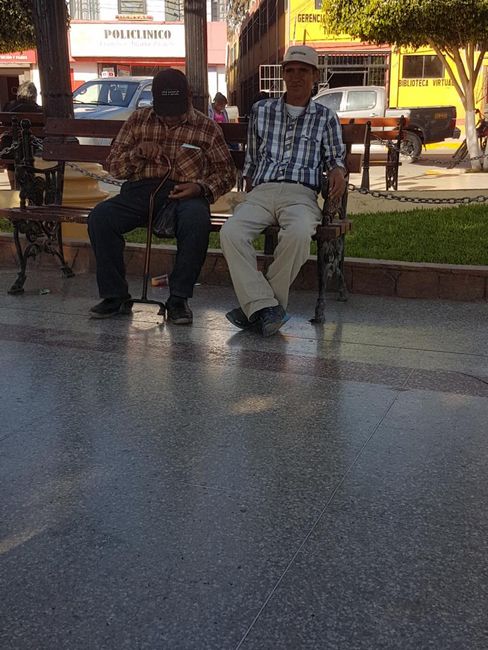
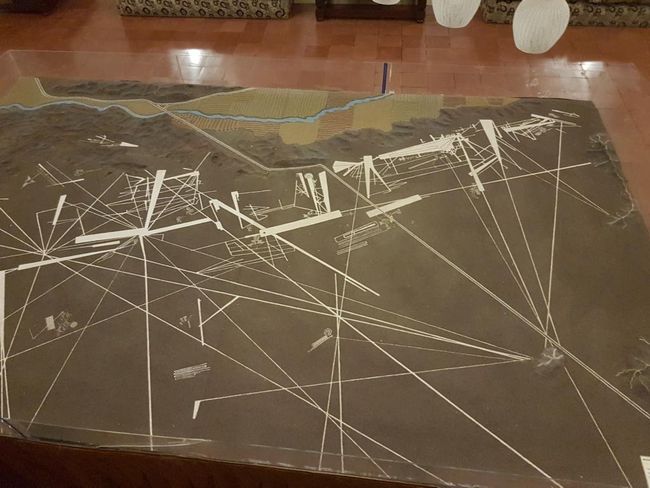
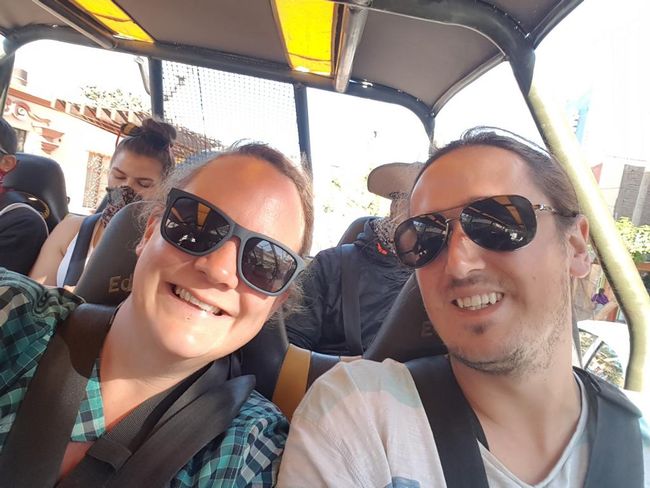
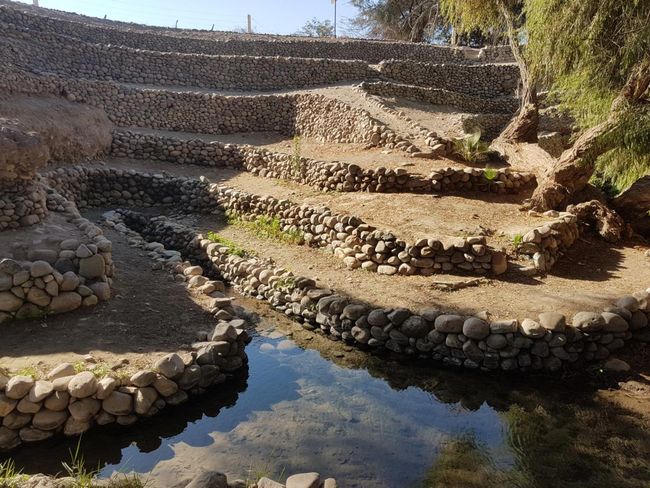
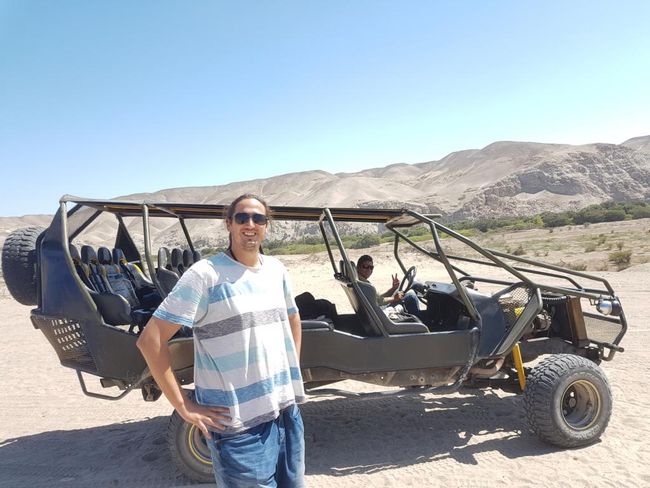
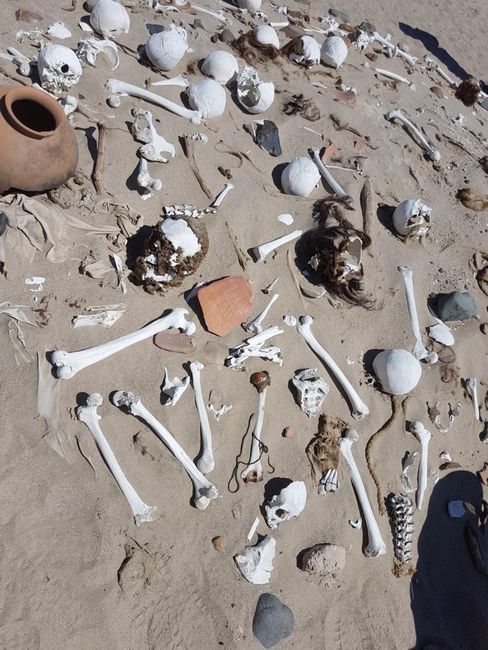
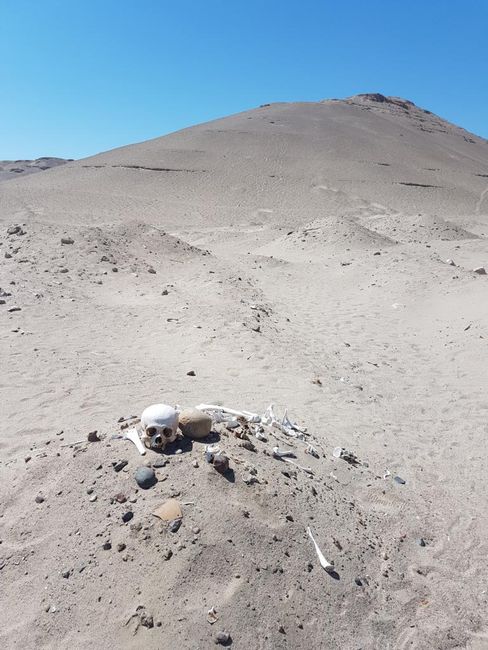
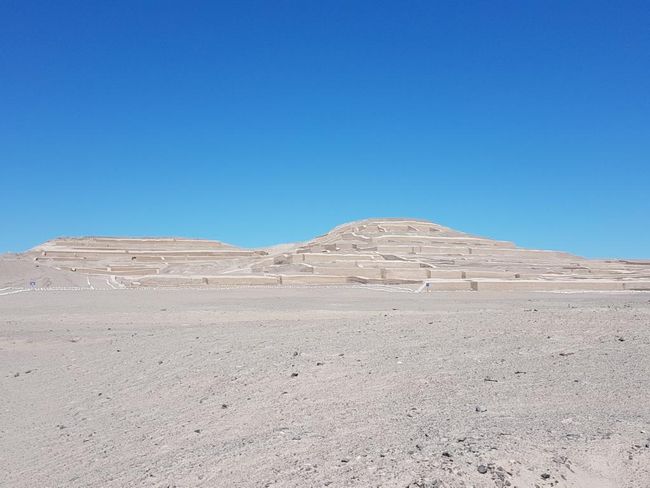
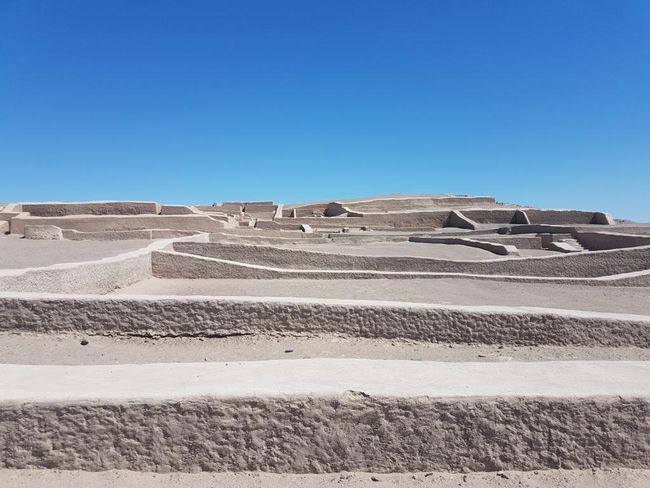
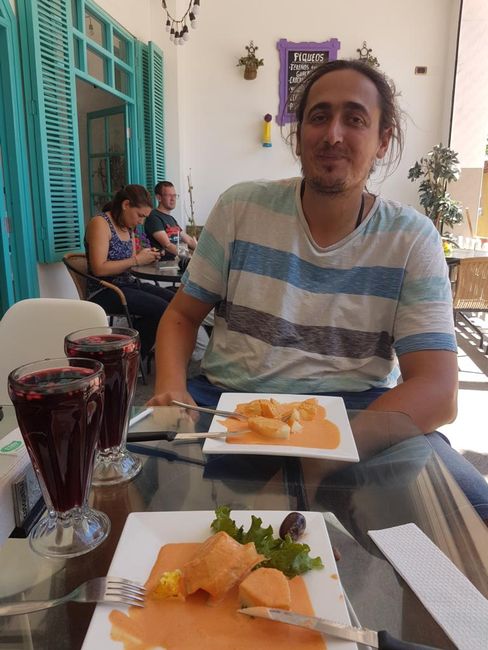
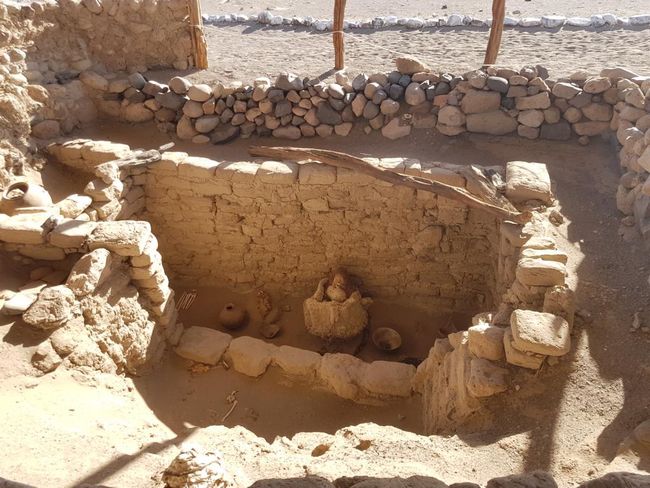
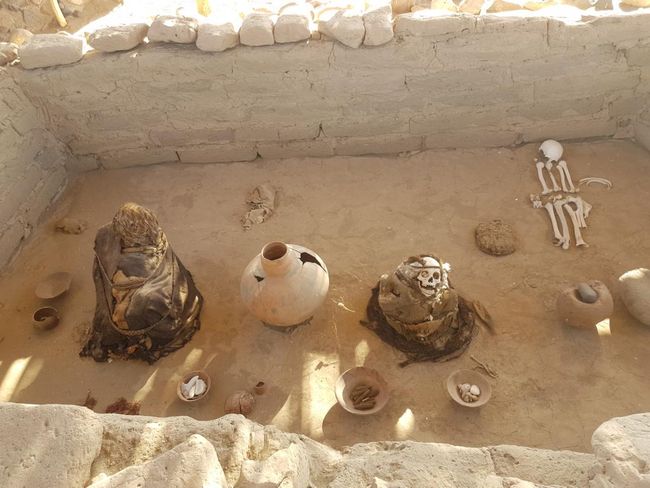
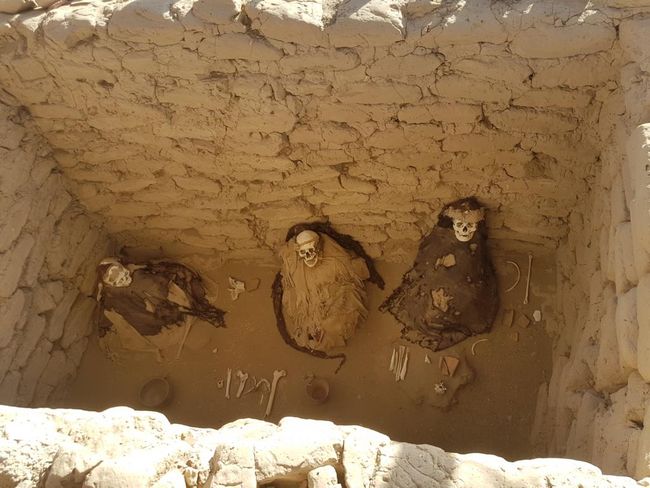
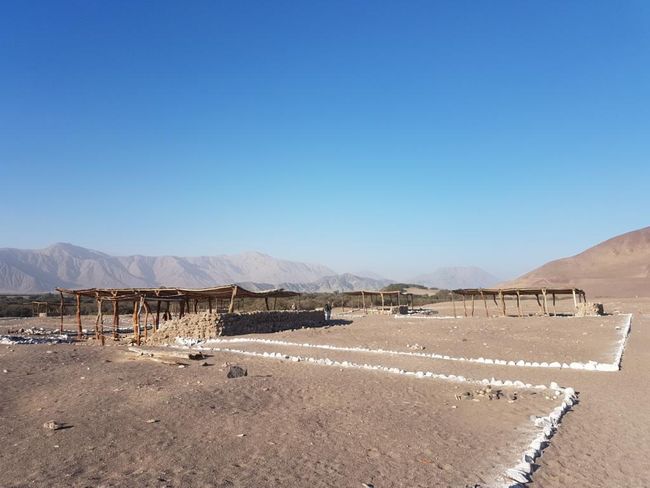
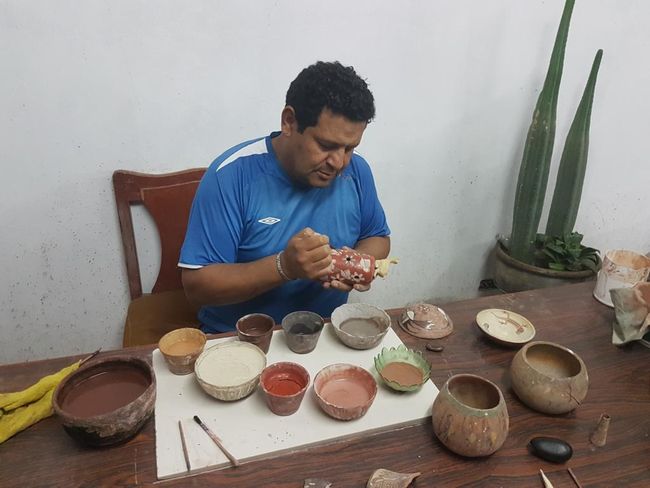
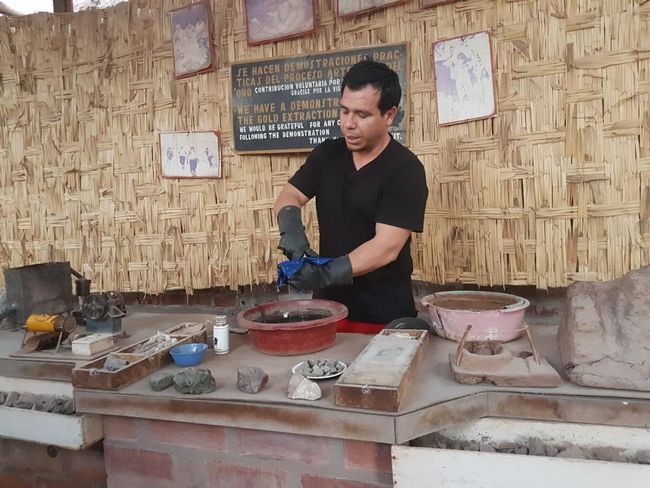
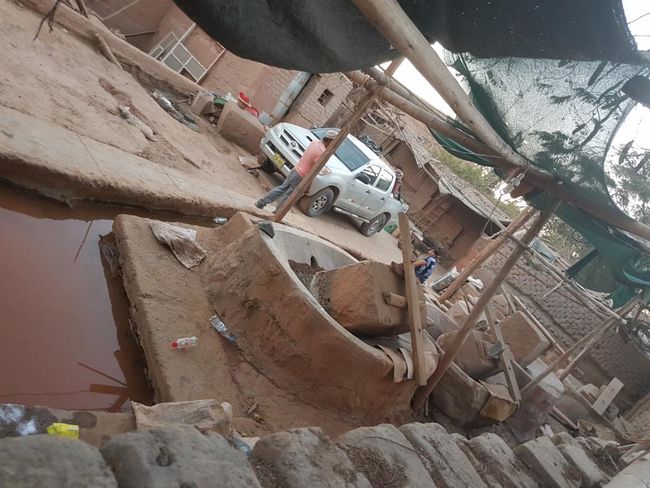
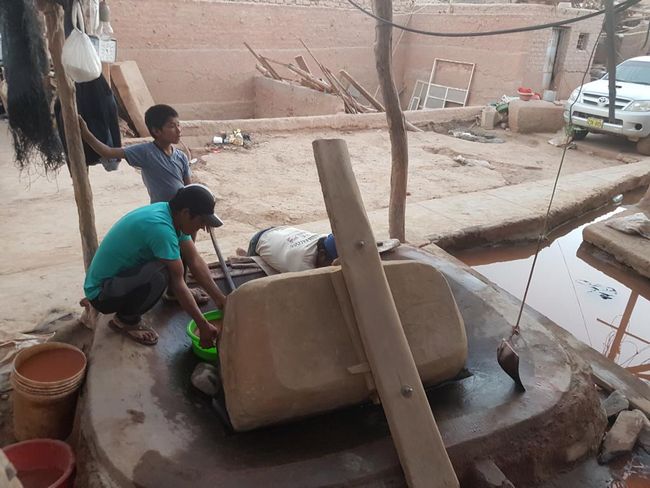
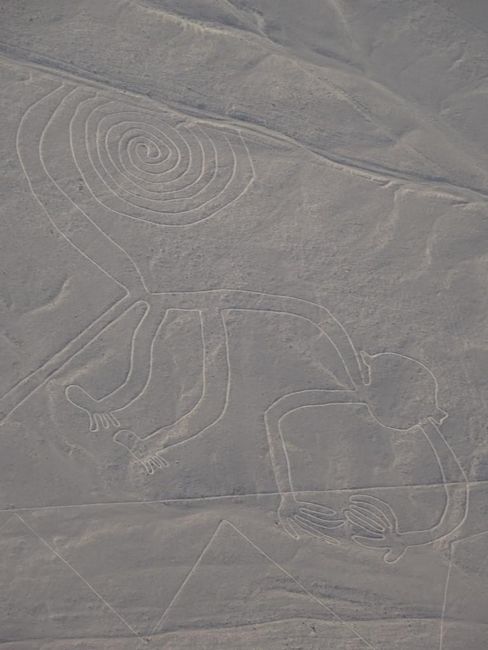
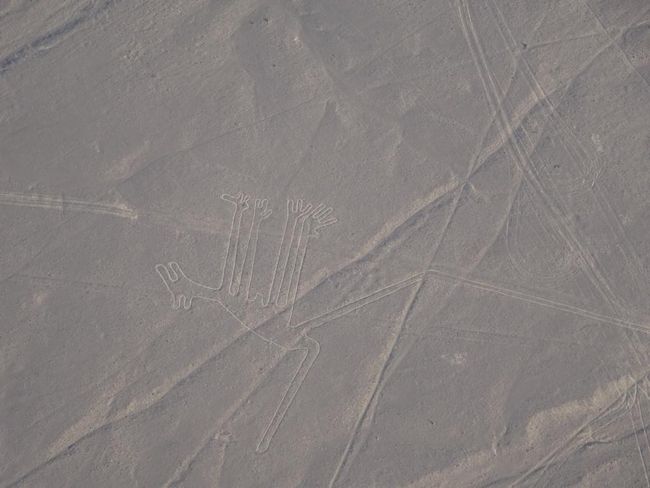
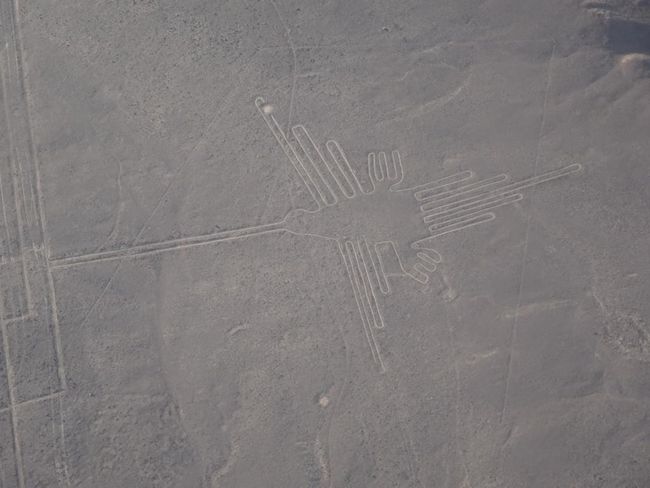
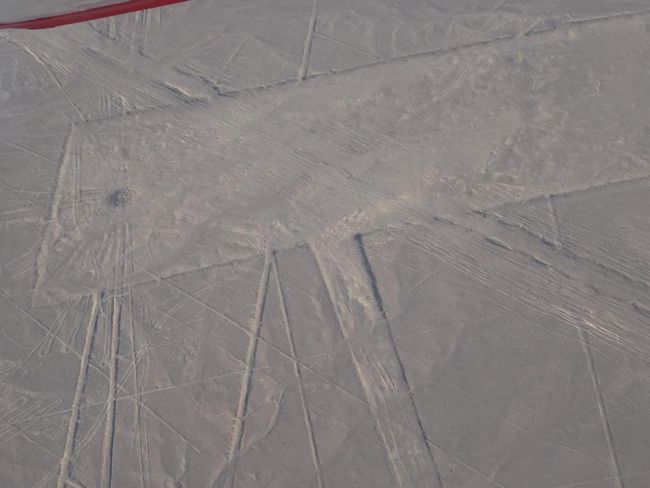
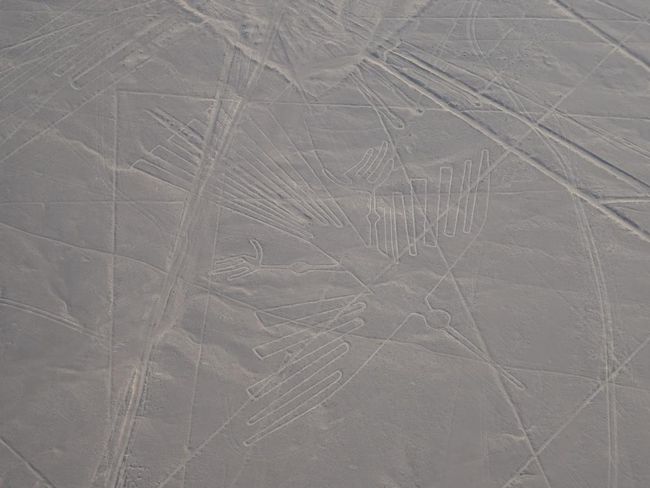
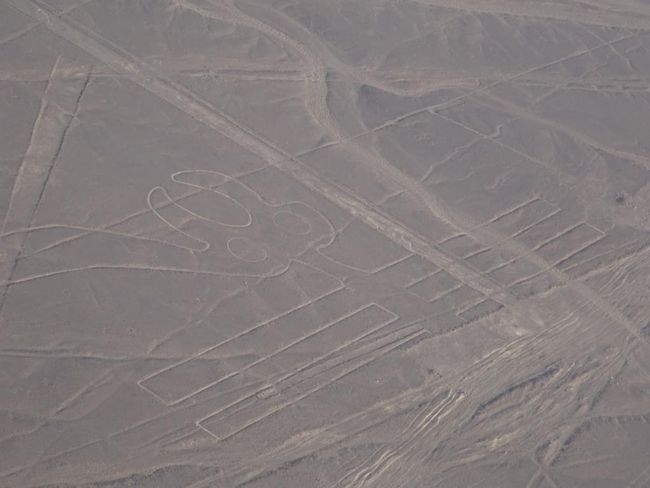
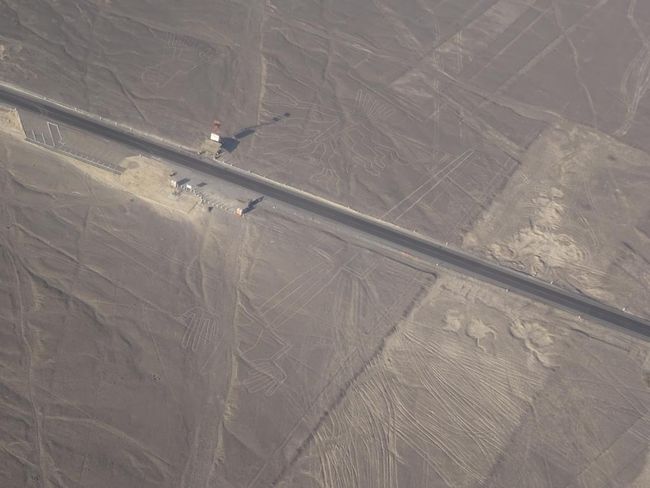
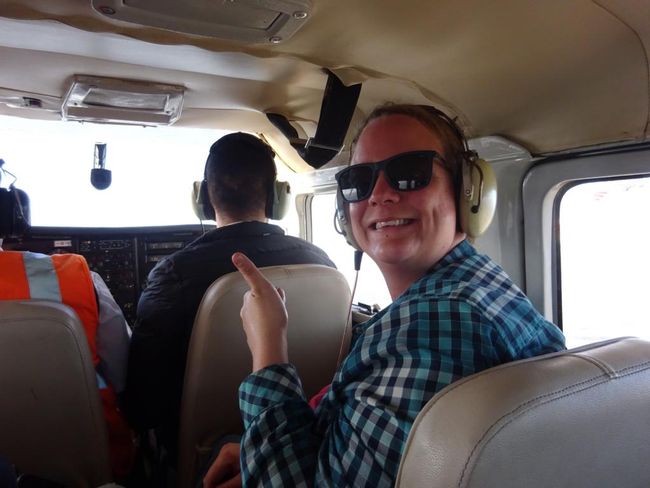
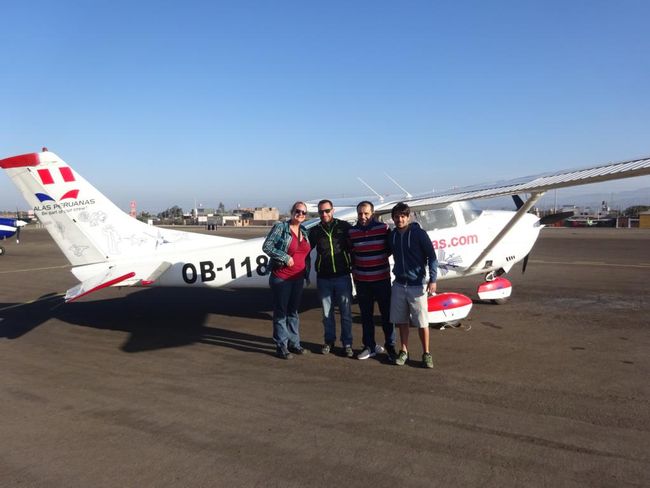
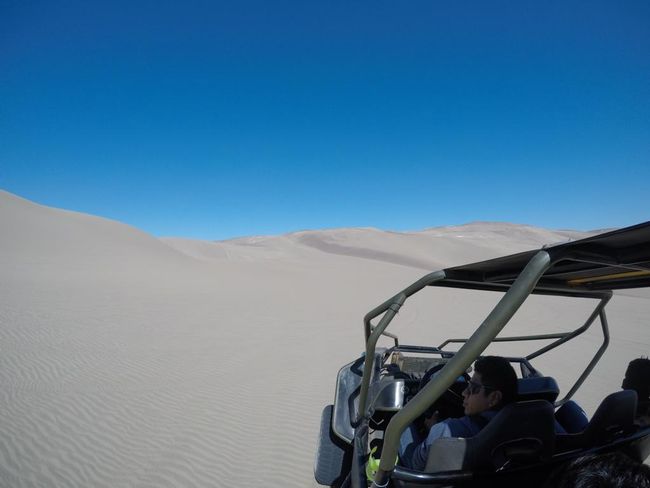
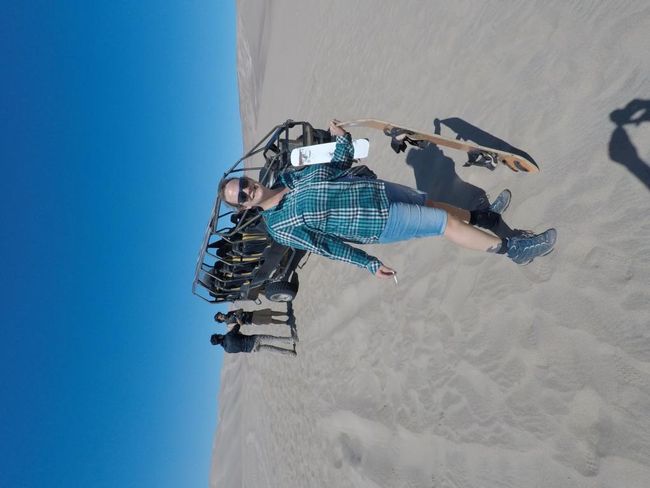
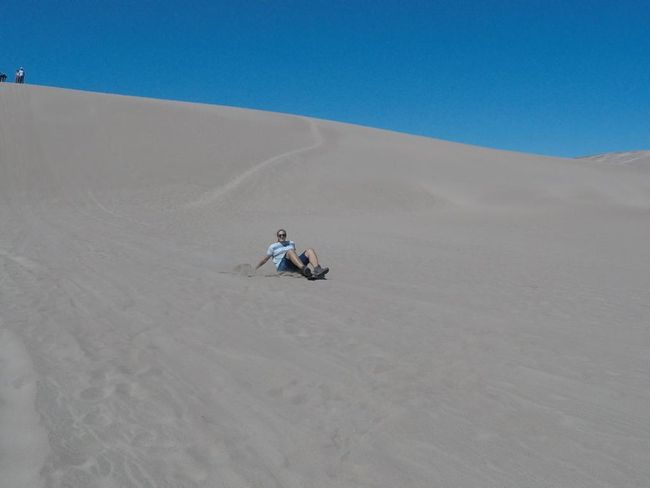
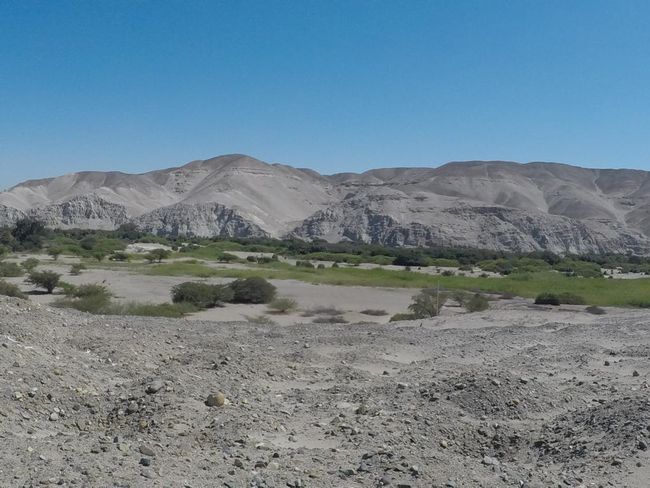
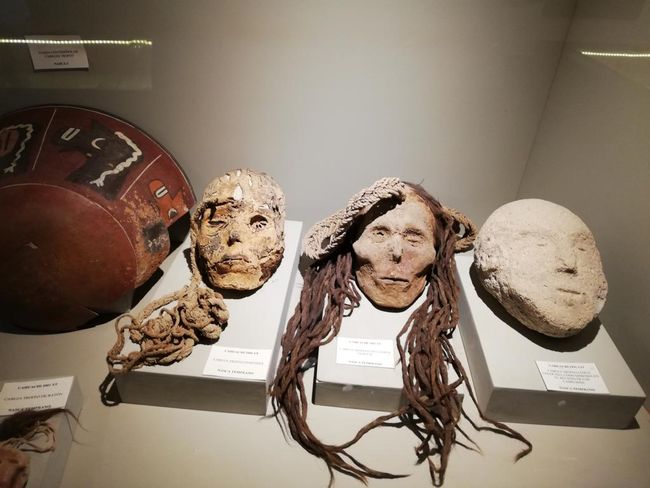
Zapisz się do newslettera
When you come to Nasca, of course you want to see the world-famous Nasca Lines. These are ancient geometric patterns and mysterious animal figures ranging in size from 10 to several hundred meters in the Nazca Desert. The Nasca and Paracas cultures are considered the creators of the lines. Often, the lines that form the figures are only a few centimeters deep, created by removing the top layer of rock to reveal the lighter layer underneath. Due to their enormous size, they can only be seen from a great distance, such as during a flight. Their origin and purpose are still unclear. Modern archaeology believes that the Nasca Lines were used as areas for rituals related to water and fertility. The lines have remained preserved for thousands of years due to the fact that there is hardly any rainfall here. It rains for about an hour a year. Although entering the area is prohibited, there are occasional damages to the lines. For example, the main road that was built before the lines were discovered passes through the tail of the lizard.
I, of course, booked a flight over the lines, an absolute must on a trip to Peru and a highlight of the entire South American continent. Jörg did not accompany me on the flight. Firstly, because he had already taken a flight to the lines in 2012 when he was on vacation here, and secondly, because over 90-95kg body weight, you have to buy 2 seats, and therefore, to put it in Jörg's own diplomatic words: 'the Peruvians don't want to push more than necessary'. (yes exactly, that's why I am writing the blog and not Jörg. )
We had read a lot about the flights and knew that you can't rely on the scheduled flight time at all. The weather conditions must be right, it must be very clear to see the lines from the plane. Many travelers write on the Internet that they had to wait for several hours at the airport. So we were prepared for that. My flight was scheduled for 9:30 am. In the evening at 10:00 pm, the organizer called and said that my flight had been moved forward, and I would now be picked up at 6:30 am. Hurray. Although the plan was for Jörg to accompany me to the airport and wait there with me, he didn't feel like getting up so early in the morning, and we agreed that he would wait for me at the hotel, no matter how long it takes.
When I was picked up, I met the other participants of my group, there were 3 young Spaniards. They were very friendly and immediately welcomed me warmly into their group, we had a lot of laughs on the way to the airport. After we registered at the airport, we were told that we had to wait now, they couldn't say exactly when it would start, they would call us. Well, we thought, let's treat ourselves to a coffee first. Said and done, but before we all had the coffee in our hands, the lady from the airline came running and shouted: 'now, now, now, rapido, quickly!'. We hadn't even paid the airport tax because we thought it would be better to do it when the departure time was confirmed. We just quickly handed the lady the money so that she could pay the tax for us, and then we ran towards the plane. And off we went.
The flight lasted about 30 minutes and during that time, we saw 10 of the animal figures. Throughout the flight, you can see the huge lines and geometric shapes in the desert below. It was truly fascinating. Especially the sometimes gigantic animals were drawn on the ground with a single line, never crossing, in such detail and perfection that one has to wonder how these people managed to do it without being able to see the figures from above. This is truly an impressive cultural heritage that is unique.
The flight in the tiny plane with 6 passengers (pilot, guide, 3 Spaniards, and me) was quite special. Unlike one of the Spaniards, I didn't get sick, but it still felt very strange and a bit uneasy when the plane tilted to the side to get a better view of the figures.
As it turned out, we had been assigned the first flight, and after our pilot reported that the visibility was good, one plane took off after another.
Less than 2 hours after I was picked up, I was already back at the hotel with Jörg, which surprised him.
Hoping to learn more about the Nazca Lines, we visited the Museo Didactico Antonini. However, the museum is hardly about the lines at all, but mainly about other archaeological sites around Nazca. The museum is also not very well done, so the visit is not really worth it. The most interesting thing was actually a large model of the Nazca Desert with all its figures, shapes, and lines.
By chance, I had read about a planetarium located in one of the better hotels in the city. You can attend the show even without being a guest there. So if you are in Nazca and want to know more about the Nazca Lines or the current state of knowledge of the archaeologists, you must definitely visit this planetarium. First, we were allowed to observe several planets and the moon with a large telescope outside. We were even able to see the rings around Saturn! In addition, the employee showed us several constellations typical of the southern hemisphere. Then we went into the auditorium, where the focus was on the Nazca Lines and their presumed connection to the night sky, which the German mathematician Maria Reiche researched for a long time.
In Nazca, we also wanted to try another sand buggy ride. So we booked a corresponding tour. There were several Canadians in our group. While they were already sitting in the sand buggy, looking forward to the tour, I was still busy having the insurance documents and maintenance records of the sand buggy shown to me and taking photos of the driver's and guide's licenses. The accident in Huacachina had taught me that. It wouldn't help me at all if I found myself dead in an overturned sand buggy in the desert of Peru, but it still somehow reassured me that these people knew that I knew who they were and couldn't simply avoid any responsibility.
When that was done, we took off. It took quite a while until we were out of the city with the buggy and reached the sand dunes. On the way, we made a stop at the aqueducts of Nazca, which are still in operation and used for irrigation of the fields. We also briefly visited a ruin called Cahuachi outside of Nazca, but it wasn't particularly spectacular, mainly because all the structures visible from the outside had been reconstructed.
The rapid ride through the dunes was like a roller coaster ride and a lot of fun. However, I had the feeling that the driver was driving very cautiously and not taking any risks. One of the Canadians even had a portable speaker with him and played well-known dramatic melodies from movies, which made the whole experience even more amusing. When we arrived at a pretty steep dune, the buggy stopped, we got out, and the sandboards were handed out. The guides did not allow us to slide down standing up (like snowboarding). Since the dune was quite steep, and as I mentioned before, it is difficult to make turns in the deep sand, they insisted that we slide down on the board. I liked that anyway, I prefer sliding down on snow rather than snowboarding. Jörg, on the other hand, would have liked to come down on his feet and was a bit disappointed. But it was a lot of fun to gather the courage and slide down the steep dune on my bottom (or alternatively headfirst).
On the way back, there was another stop in a part of the desert where bones and remains were scattered all over the desert sand. It was an old cemetery that had been plundered. It was quite eerie, skulls and bones sticking out of the sand wherever you looked.
In the afternoon, we had booked another tour with the same tour operator. Again, this is a typical Peruvian soap opera. The Italian guy who did the wine tour with us in Ica had told us that you can visit informal gold workshops in Nazca. We had inquired about it with the organizer days before, and he assured us that we could easily add it as an extra to a standard tour. The standard tour included a visit to the Nazca Cemetery of Chauchilla, as well as visits to a textile workshop and a pottery workshop. Since we didn't know exactly when we wanted to do the tour, we agreed with him that we could simply book it via WhatsApp as previously discussed. When we wanted to do that, the lady who replied to us on WhatsApp didn't know anything about the gold workshop, of course. After some back and forth, we finally convinced her, and she confirmed the tour as requested. When we then arrived at the tour office in the afternoon, the employee there again knew nothing about it and said that it was not part of the tour. It was really frustrating! He called the lady, the matter was clarified, and we were reassured once again: 'No te preocupes! No hay problema!' (God, how I hate this phrase by now)
But of course, there was a problem, as it turned out when we were already on the tour bus with the guide, who didn't want to know anything about it again. Jörg had become really angry by now and announced that we wanted to get off immediately and get our money back. The guide then called the organizer again, and at some point, everyone seemed to be convinced. The Canadians, who were also on the tour and had booked the standard tour, were not asked and had nothing to say about it.
But first, we went to the cemetery. The cemetery is located about 30 km outside of Nazca. There, you can see numerous ancient skulls, bones, and well-preserved mummies dating back to 1000 BC. Until recently, the mummies were still scattered all over the desert where looters had left them. Now they have been placed back in their graves. There is no trace left of the valuable grave goods that must have existed. Although the whole thing was somewhat macabre (who would want to be exhibited in an open-air museum a thousand years after their death and be photographed daily by hundreds of tourists with their smartphones), it was still very interesting. And the well-preserved condition of the mummies, mainly due to the dry climate, is truly remarkable. Mummified babies were also on display.
After the visit, the journey back to the city continued, where the visit to the first handicraft workshop was scheduled: the pottery workshop. The whole thing was rather unspectacular: you shape a vessel with clay, you paint it, you fire it. Just like we used to do in crafts class at school. The owner of the workshop assured us that he was the only licensed pottery restorer who is allowed to restore original Nazca pieces and handed us an allegedly original bowl from the Nazca period. Please don't drop it, he said. Mhm.
Then we finally went to the gold workshop, and here it got really interesting. The mining industry is a significant economic sector in Peru, not only gold, but also various other minerals are mined. As we were told, all the people living in Nazca are involved in either agriculture, tourism, or gold production. Apparently, 25% of the residents live off gold. There are 3 branches: formal gold extraction carried out by official companies that also pay taxes to the state, informal extraction done secretly by private individuals who also do not pay taxes for it, and the illegal extraction. It is illegal, especially when gold mining is done along the Amazon, as the use of mercury for this purpose poisons the river.
The workshop we visited belongs to the informal sector. Normally, the informal miners go in pairs into the mountains and mine rocks there, mainly quartz, iron, copper, and pyrite. They carry the rocks down the mountains to the city in bags weighing 60kg (!). There, the rocks are crushed into powder in several stages in the workshops. With the help of large amounts of mercury and friction generated by foot-operated mills, the gold is extracted from the rock powder and skimmed off. 1 gram of 14-carat gold can be obtained from 60 kg of rock. You have to imagine the effort it takes. The worker who mines 60 kg of rock every day and carries it down the mountains on foot. The workers who handle the toxic mercury daily and become sick from it due to insufficient protection. On top of that, they have to move the mills with their feet for hours every day. It is impressive to see the greed that gold has always triggered in people. And yet, it is nothing more than a yellow, shiny, chemical element. Interestingly, gold did not have a monetarily measurable value for the Pre-Inca and Inca cultures, but only a religious one. Unfortunately, the visit to the workshop was very short, as usual on such tours, you are rushed through everywhere. We would have liked to ask the workers there a few more questions. Too bad. But at least, we were already glad that we made it there after the long odyssey.
In the meantime, it had gotten late. Surprisingly, the tour bus just suddenly stopped along the road, and they threw us out. Huh? Wasn't the visit to a textile factory also on the program? So the tour was simply shortened because the guide didn't feel like it anymore and wanted to go home. Jörg and I had become tired of constantly having these tedious discussions. Also, we had already seen enough textile workshops, yes, we had even woven ourselves. What interested us, the gold workshop, we had seen, and therefore we decided that we didn't want to make a fuss anymore. The Canadians didn't notice anyway, apparently they hadn't even been aware that the textile factory was supposed to be part of the tour, and they also found the gold thing very interesting. Well then.
Another major disadvantage of the fact that there are mostly night buses on most long-distance routes is this tedious homelessness in the afternoon. You have to check out of the hotel around noon, but the bus doesn't leave until the evening or even at night. In the best case, you still have something to do or see to pass the time, in the worst case, you don't. Here, the worst case applied. And so we did what so many Latinos seem to do all day long everywhere on the whole continent: we hung out on a park bench in the Plaza de Armas. For hours. Besides mothers with children, people who have nothing to do, itinerant vendors, and shady characters, seniors and pensioners also meet there. They walk from bench to bench, sit with acquaintances, chat for a while, then walk to the next bench and chat with the next person. That's how Jörg got into a longer conversation with an older gentleman. I wasn't really welcome in the conversation, the older man never talked to me directly. But I didn't mind, I gave Jörg the opportunity to practice his Spanish a bit and used the time to do some reading.
Zapisz się do newslettera
Odpowiedź

Raporty z podróży Peru

